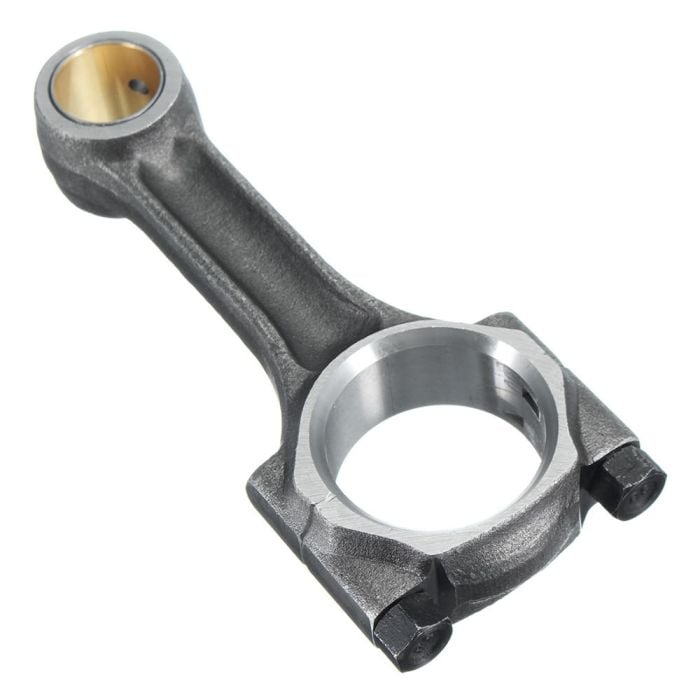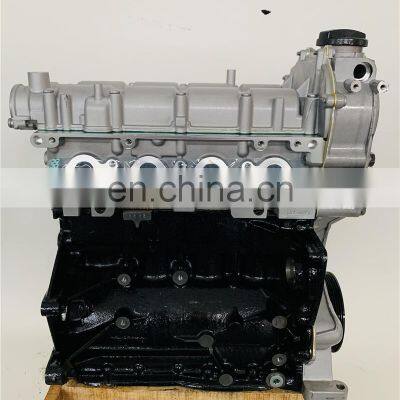Maintain consistent power with a high-performance clp engine.
Wiki Article
The Function of a Clp Engine in Revolutionizing Engine Performance and Sustainability
The introduction of CLP engine modern technology offers a crucial minute in the automobile market, where efficiency and sustainability merge in unprecedented means. By enhancing burning processes and permitting for vibrant adjustments in compression ratios, these engines not just promise boosted gas effectiveness and reduced exhausts but additionally obstacle typical engineering paradigms.Understanding CLP Engine Technology
As the automobile industry continuously seeks ingenious solutions to enhance performance and performance, recognizing CLP engine technology ends up being vital. The term CLP stands for Compression-Low Stress, a cutting-edge engine layout that concentrates on maximizing burning procedures and lowering discharges. This innovation operates by preserving a low-pressure setting within the burning chamber, which promotes a more complete gas shed and reduces unburned hydrocarbons.Among the crucial attributes of CLP engine modern technology is its capability to readjust the compression proportion dynamically. This adaptability enables the engine to run successfully throughout different driving conditions, improving gas economic situation while all at once boosting power output. In addition, CLP engines leverage progressed products and layout concepts to minimize weight and thermal losses, even more contributing to total effectiveness.
In addition, the integration of electronic control systems plays an important function in managing the engine's efficiency specifications. These systems enable real-time modifications to ignition timing and fuel injection, maximizing combustion for both power and performance. By understanding CLP engine innovation, stakeholders in the vehicle industry can better appreciate its capacity in driving the future of engine layout, performance, and sustainability.
Efficiency Enhancements Offered
CLP engine innovation supplies substantial efficiency enhancements that establish it apart from conventional engine designs. Among the main advantages of CLP engines is their capacity to run efficiently throughout a broader range of speeds and loads. This flexibility translates into improved torque shipment and velocity, providing a much more receptive driving experience.Additionally, the advanced burning process used in CLP engines enhances fuel-air mixing, leading to higher thermal effectiveness. This enhancement not only makes the most of power result however also lessens energy loss, leading to an engine that carries out better under numerous conditions.
Additionally, the modular architecture of CLP engines enables much easier assimilation with crossbreed systems, amplifying their efficiency potential - clp engine. This adaptability makes it possible for makers to develop lorries that cater to customer requirements without sacrificing agility or power
The precision engineering associated with CLP technology additionally contributes to decrease rubbing and wear, boosting engine longevity and reducing the regularity of upkeep. Overall, these efficiency enhancements placement CLP engines as a leading choice in the pursuit of high-performance, reputable, and flexible engine solutions.
Ecological Advantages of CLP Engines
Among one of the most compelling advantages of CLP engines hinges on their environmental benefits, which are progressively crucial in today's automotive landscape. These engines are created to optimize gas effectiveness, substantially decreasing carbon discharges compared to conventional combustion engines. By utilizing sophisticated burning methods and cutting-edge products, CLP engines promote cleaner exhaust outcomes, adding to enhanced air high helpful resources quality.In addition, the reduction in fuel intake not just brings about reduce greenhouse gas exhausts but also conserves beneficial natural resources. As nonrenewable fuel source books decrease, the shift in the direction of CLP innovation represents a tactical relocation towards sustainability. The engines are frequently suitable with different gas, better improving their ecological allure and permitting a diversified energy portfolio.
Moreover, the lightweight style of CLP engines assists lower vehicle weight, which subsequently minimizes the energy required for propulsion. This leads to lower functional energy usage and a minimized environmental impact. In recap, CLP engines stand at the leading edge of efforts to alleviate climate change and advertise sustainable practices in the automobile industry, personifying a future where efficiency and ecological responsibility are not equally special.
Comparison With Traditional Engines
While standard Continue engines have lengthy controlled the automobile sector, the intro of CLP modern technology presents a substantial shift in performance and effectiveness. Traditional interior burning engines mainly depend on fuel burning, which not only limits thermal efficiency but also adds to higher exhausts. In contrast, CLP engines use advanced thermal management and a special burning process, boosting fuel efficiency and considerably minimizing greenhouse gas exhausts.Additionally, conventional engines operate on fixed power contours, which can prevent performance in differing driving problems. CLP engines, however, are created to adapt their performance dynamically, giving ideal power delivery based on real-time needs. This versatility causes enhanced velocity, responsiveness, and general driving experience.
Maintenance additionally differs significantly; traditional engines frequently call for regular oil changes and component substitutes due to deterioration. clp engine. CLP engines, with fewer moving components, assure decreased upkeep needs and longer operational lifespans

Future Leads and Innovations
As the vehicle landscape progresses, the future of engine innovation is progressively concentrated on innovations that enhance performance and sustainability. The Clp engine, with its distinct architecture and operational effectiveness, is positioned to play an essential role in this makeover. Future growths might include innovations in materials scientific research, allowing the construction of lighter and much more durable parts, thus decreasing overall lorry weight and boosting gas effectiveness.Additionally, the assimilation of fabricated intelligence and machine understanding right into engine monitoring systems is anticipated to optimize efficiency dynamically, enabling real-time modifications based upon driving conditions. These developments can better decrease discharges and enhance power application.
Additionally, research study right into alternative fuels, consisting of hydrogen and biofuels, presents interesting opportunities for Clp engines, aligning performance with green campaigns. clp engine. As regulatory frameworks come to be more stringent, the fostering of such innovations will be important in attaining sustainability goals without compromising power
Final Thought

Report this wiki page